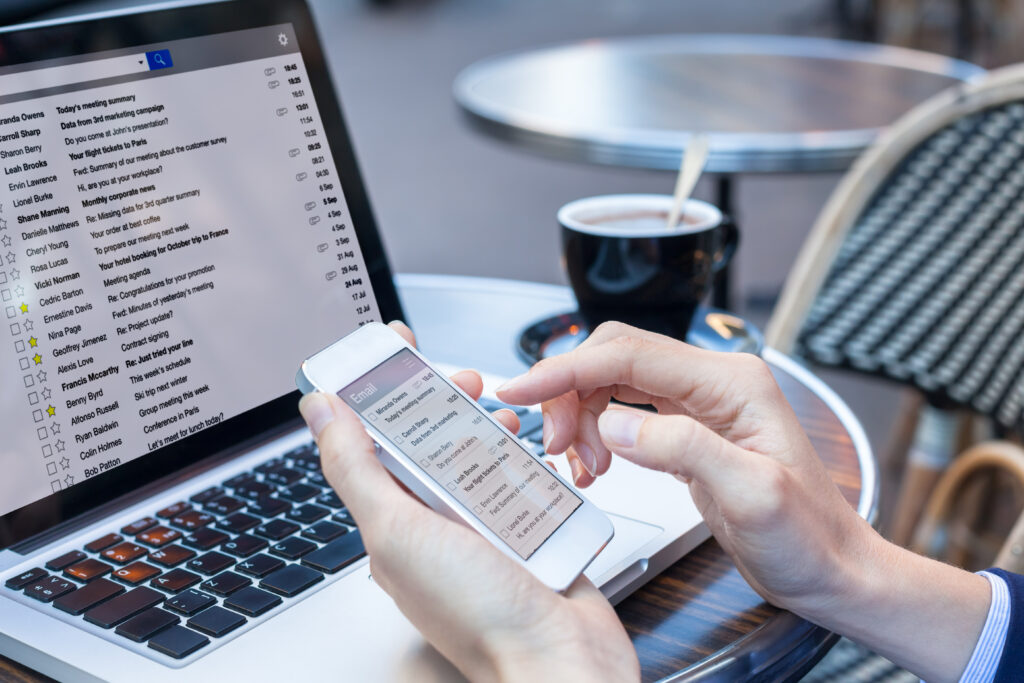In a world inundated with tweets, posts, snaps, and stories, there’s something refreshingly personal about an email newsletter. It’s like receiving a letter from a friend in your inbox, filled with curated content, insights, and updates. As both a communication tool and a marketing strategy, email newsletters have proven to be incredibly effective in building connections, sharing stories, and engaging audiences. In this beginner’s guide, we’ll explore email newsletters’ what, why, and how and how they can benefit individuals and businesses.
What is an Email Newsletter?
Simply put, an email newsletter is a regular email sent to subscribers who have opted in to receive updates from you or your organization. It typically contains news, articles, promotions, announcements, and personal messages. Newsletters can vary in frequency, from daily digests to weekly roundups or monthly updates, depending on the goals and resources of the sender.
Why Start an Email Newsletter?
- Direct Connection: Unlike social media posts subject to algorithms and platform changes, email newsletters communicate directly with your audience. You own your email list, allowing you to reach subscribers whenever you want without any intermediaries.
- Build Relationships: Newsletters allow you to foster meaningful relationships with your audience. You can establish trust, credibility, and loyalty over time by delivering valuable content straight to their inbox.
- Drive Engagement: With high open and click-through rates compared to other digital marketing channels, email newsletters are an effective way to engage your audience. Whether it’s encouraging readers to visit your website, attend an event, or participate in a survey, newsletters can drive action and interaction.
- Showcase Expertise: Whether you’re a writer, artist, entrepreneur, or thought leader, a newsletter lets you showcase your expertise and share your passion with a captive audience. It’s a platform to express your unique voice, share insights, and offer value to your subscribers.
- Monetization Opportunities: For businesses, email newsletters can be a powerful tool for driving sales, promoting products or services, and generating revenue. By nurturing leads and guiding subscribers through the buyer’s journey, newsletters can contribute to the bottom line.
How to Start an Email Newsletter
- Choose an Email Marketing Platform: There are many email marketing platforms available, such as Mailchimp, ConvertKit, and Constant Contact, that offer user-friendly tools for creating, sending, and managing newsletters. Choose a platform that suits your needs and budget.
- Build Your Email List: Collect email addresses from people interested in your newsletter. You can do this by adding a signup form to your website or blog, promoting your newsletter on social media, or collecting email addresses at events or conferences.
- Create Compelling Content: Your newsletter’s success hinges on the quality of your content. Tailor your content to your audience’s interests and preferences, and aim to provide value with every email. Experiment with different types of content, such as articles, interviews, case studies, or behind-the-scenes glimpses.
- Design Your Newsletter: Pay attention to the design and layout of your newsletter to ensure it’s visually appealing and easy to read. Use images, colors, and formatting to enhance the aesthetic appeal and highlight essential information. Most email marketing platforms offer customizable templates to help you create professional-looking newsletters.
- Establish a Consistent Schedule: Consistency is key to building and maintaining an engaged audience. Decide on a frequency that works for you and stick to it. Whether you send your newsletter daily, weekly, or monthly, ensure you deliver your promise to subscribers.
- Track and Analyze Performance: Monitor the performance of your newsletter by tracking metrics such as open rates, click-through rates, and subscriber growth. Use this data to optimize your content and strategy and better understand what resonates with your audience.
Conclusion
Email newsletters are a powerful tool for connecting with your audience, sharing your story, and achieving your personal or professional goals. By delivering valuable content directly to subscribers’ inboxes, you can build relationships, drive engagement, and, ultimately, make an impact. So why wait? Start crafting your newsletter today and watch your audience grow and thrive.

